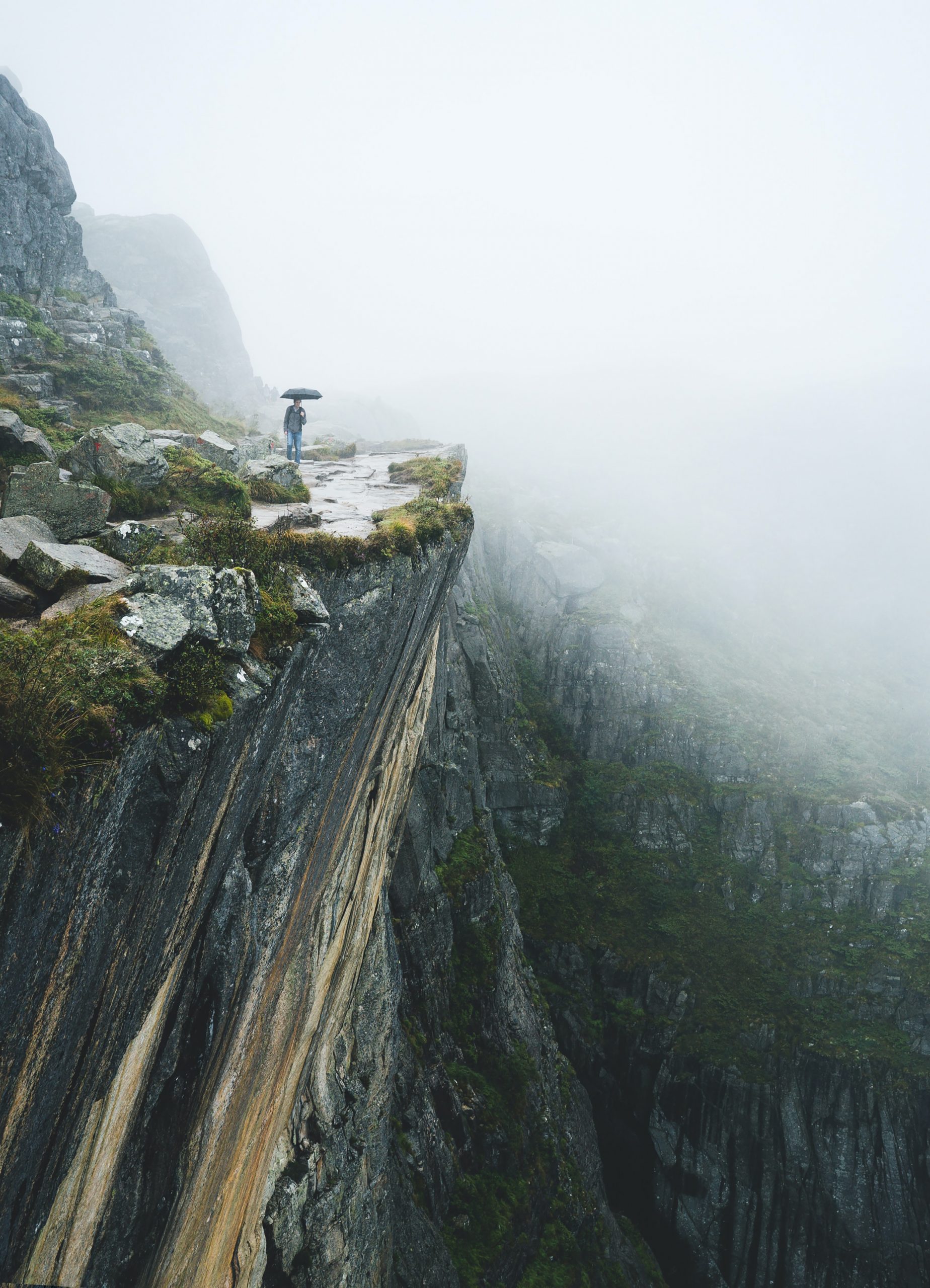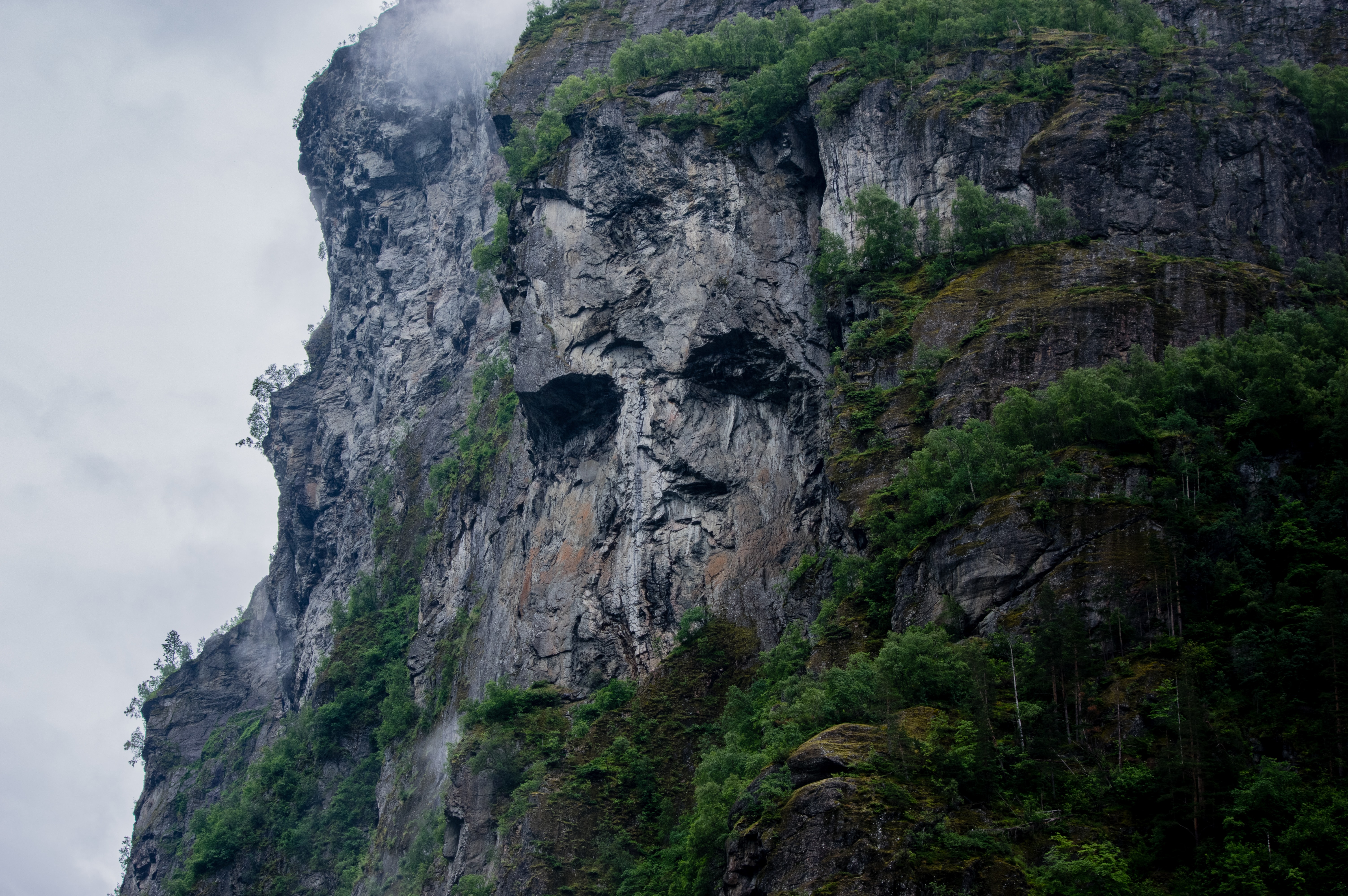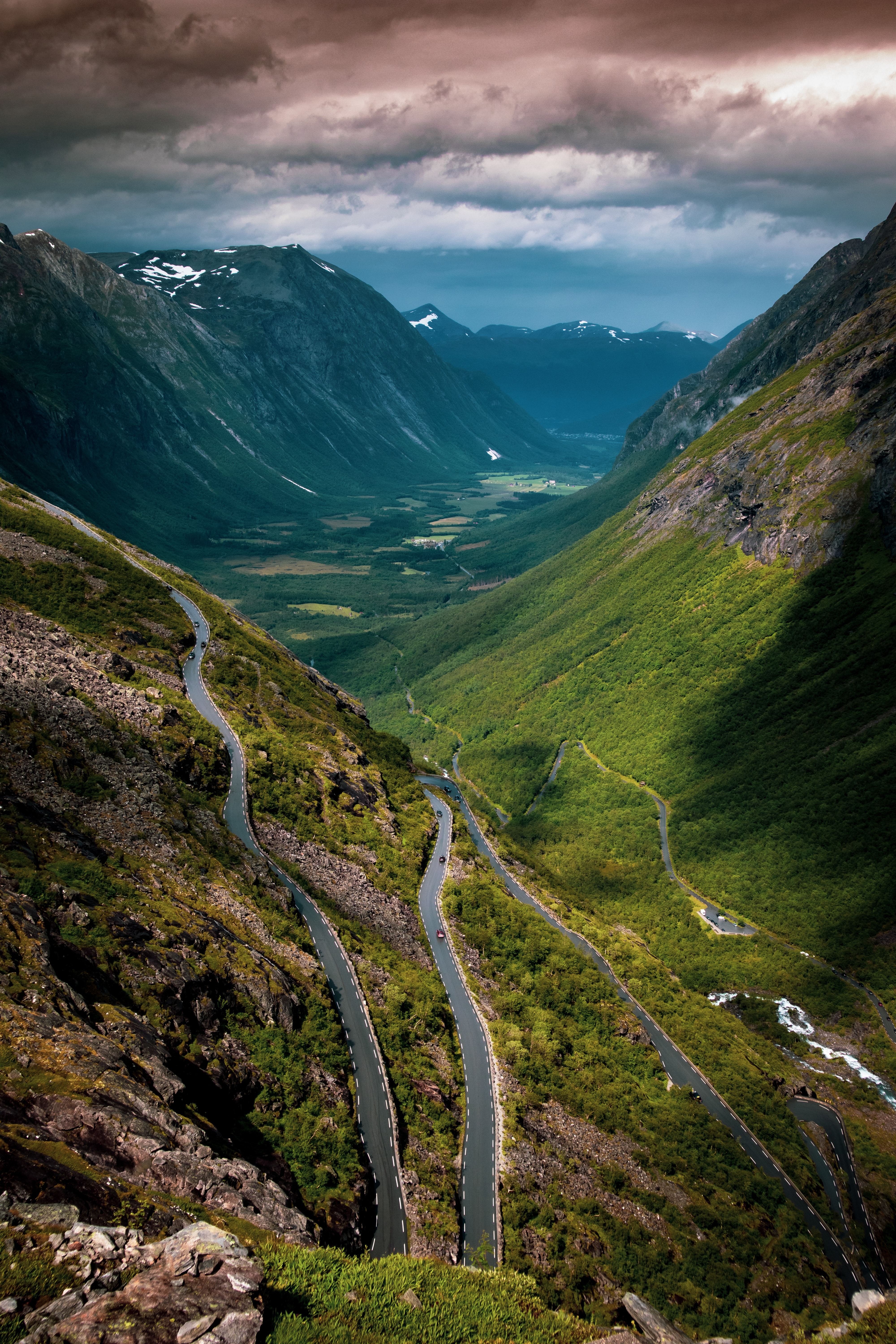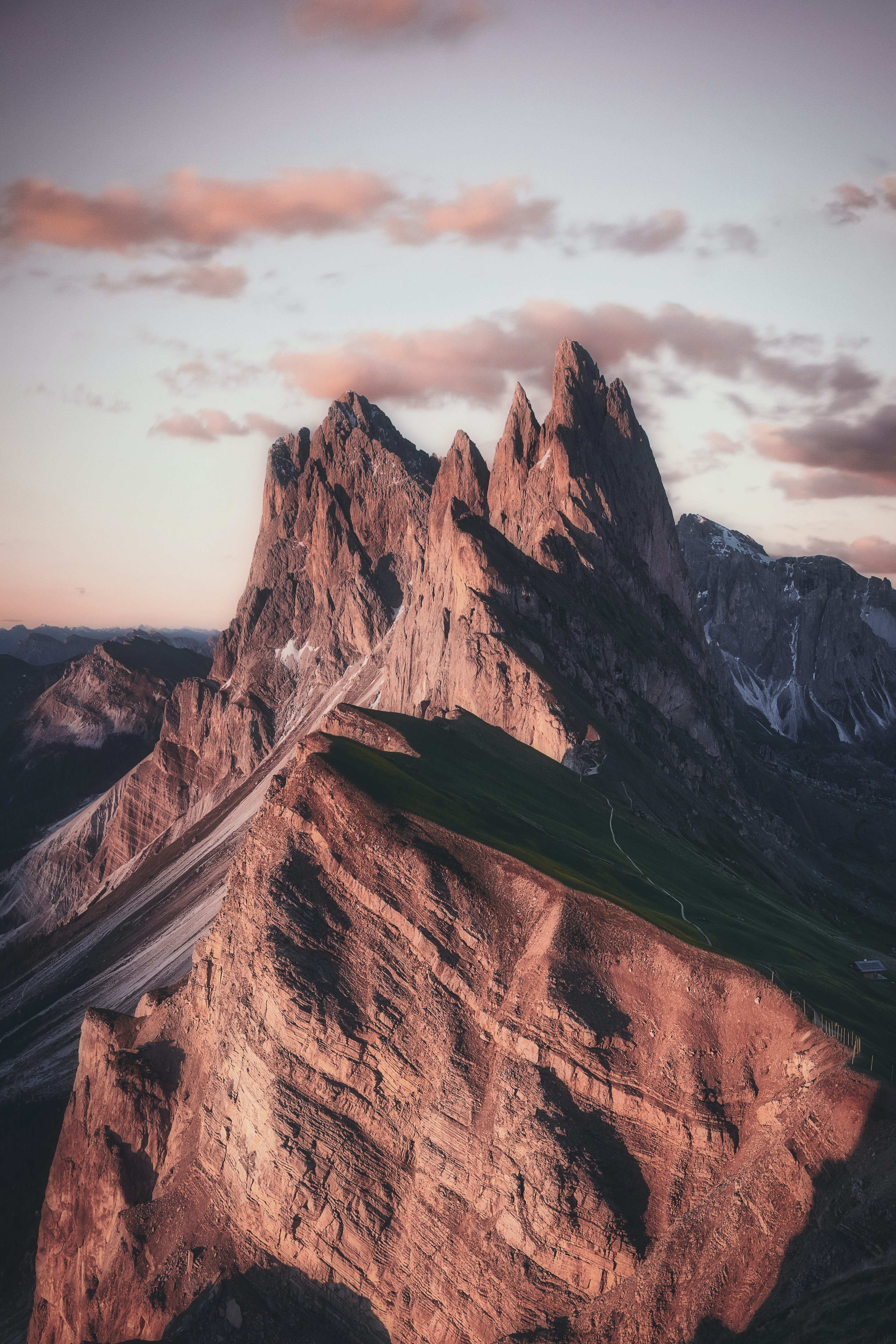Even the most unimaginative minds can be inspired by the stunning vistas Norway offers. Norwegian landscapes are full of life—and I’m not talking about the living vegetation, crawling insects, and woodland animals.
No, the landscape itself is alive. A viewer might see looming, moss-covered rocks and pick out what seems to be the outline of a gnarled head and body. But wait, is it a head and body? In Norway, it very well could be.
Trolls. They are the living, breathing, secret life of Norway’s landscapes.
Norwegian children already know about this hidden life. They are told tales about trolls who come after little children for not finishing their dinner or for staying up past their bedtime.
But children also see the trolls every day. Either on their walk to school, on a hike up the mountain, or while simply looking out the kitchen window of their homes, children can find trolls everywhere. “Look, this one’s sleeping on his side,” one child will say to the other. “Yes,” the other will reply, “and you can tell he’s had a good dinner, too.”
Even though trolls are generally grouchy and dull—and not necessarily too good looking—Norwegians embrace their quirky co-inhabitants. When you visit Norway, you’re sure to see statues, figurines, and apparel that proudly tout trolls with their big noses and ears.
Trolls are a part of the Old Norse religion. They remained a staunch part of Norwegian culture even when Christianity flooded Europe and replaced traditional Norse beliefs in the ninth century. Unlike Odin and Thor, the trolls decided that they weren’t ready to give up their beautiful home.
Perhaps trolls stuck around because they mind their own business as they conduct their lives in the mountains, fjords, and caves. Or maybe it’s because there are no other creatures that will scare your children into eating their broccoli. But trolls might have remained part of Norway’s story because they are an integral part of the beautiful landscapes; the landscapes are part of Norwegian life, Christian or not.
There is no question that Norway has a beautiful backdrop. There are countless jaw-dropping waterfalls, cliffs, and ocean views. Many Norwegian artists have been inspired by the living and breathing landscape around them. Edvard Grieg, composer of the famous “In the Hall of the Mountain King,” was so inspired by the landscape that he built his own composer’s studio with a view of a fjord’s rocky and misty shore. This allowed him to actively watch and learn from what the landscape was saying to him.
The inspiration that Norwegian scenes evoke isn’t without its connection to trolls, though. One of the most iconic hikes and views in Norway is a long ledge that juts out 700 meters (2,300 feet) from the cliff wall. The ledge offers a stunning view of Ringedalsvatnet lake and the surrounding mountains and fjord. The name of this ledge? Trolltunga, or “Troll’s Tongue.”
If you decide to hike to Trolltunga, you’ll be sure to find trolls in more than just that ledge. The view from Trolltunga will surely allow you to see the slumbering trolls in the hills and mountains below. In Norway, a ledge is more than a ledge, and a view reveals more than pretty scenery. It’s all part of a story that has existed for centuries.
There is a scenic route in Norway with narrow, winding roads climbing the side of a canyon. It’s easy to look at the mountain pass and see how the trolls, with their admiration for cave homes and grassy carpets, could use this path to navigate through their neighborhood. This road belongs to the trolls, of course, so it is named Trollstigen, or “Trolls’ Road.”
Some of the troll-inspired names for notable features in the landscape are given for a practical reason; Trollstigen, as we just explored, is a road that the trolls use to get around. However, others have a more intriguing history.
Since trolls have their roots in the Old Norse religion rather than Christianity, they have some peculiarities. They decidedly don’t like church bells and they will also turn to stone if caught in the sun. Take Trolltunga—the story goes that a prideful troll stuck out his tongue at the rising sun, taunting the myth that he’d be turned to stone. Obviously, the sun had the last laugh.
Other features in Norway have a similar history to Trolltunga. A beautiful mountain range called Troll-Tindterne (“Troll Peaks”) appeared because an army of trolls at war got caught by the rising sun and were forever immortalized as stones on the green landscape.
When you look at Norway with a searching and imaginative eye, the landscape comes to life. Looking for trolls in Norway’s scenery consists of finding the trolls that have been immortalized in stone and looking for the trolls that are still an active part of the landscape. You can find hints of the trolls in the footprints or paths they leave behind. You can see hints of how trolls live their lives as you discover their hiding places and homes in the caves and cliffs of the surrounding fjords.
The stunning rock formations tell you a story about a troll family who takes naps in the crevice between two hills. The looming mountains remind you of the magical history that created them. Every part of the Norwegian landscape can tell you a story—if you’re looking for it. The landscape and the narrative begin to feed your mind in a way that landscapes alone simply can’t.
If you are planning a visit to Norway, make sure to notice the trolls. They won’t be hard to notice in gift shops or plazas, but as you venture into the stunning outdoors, don’t forget to find the trolls in the mountains and fjords.
—Abby Ferrell





